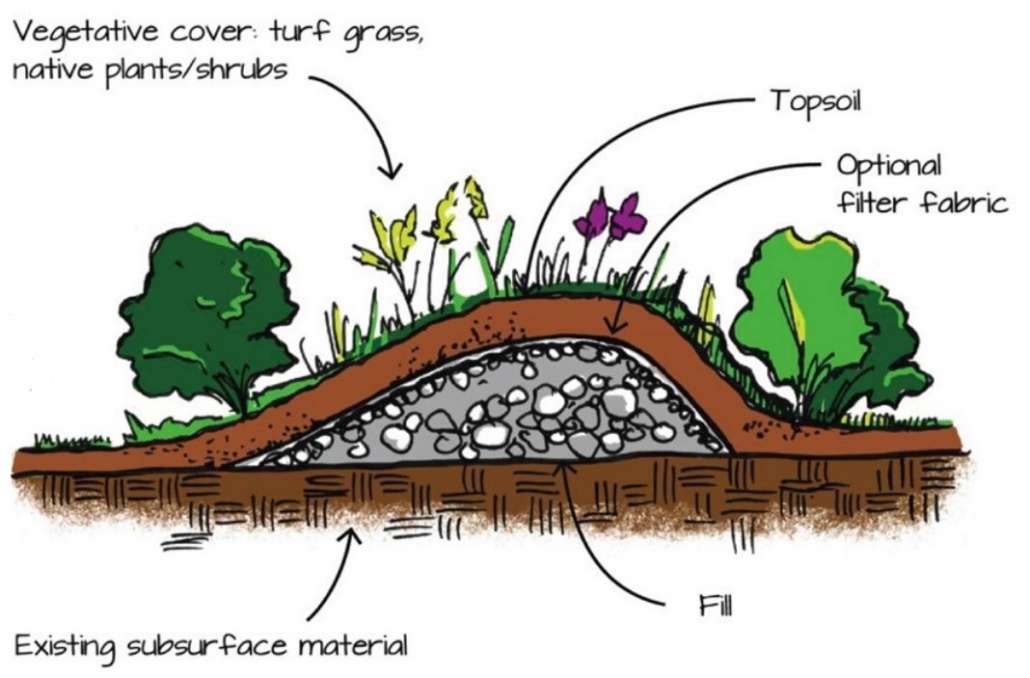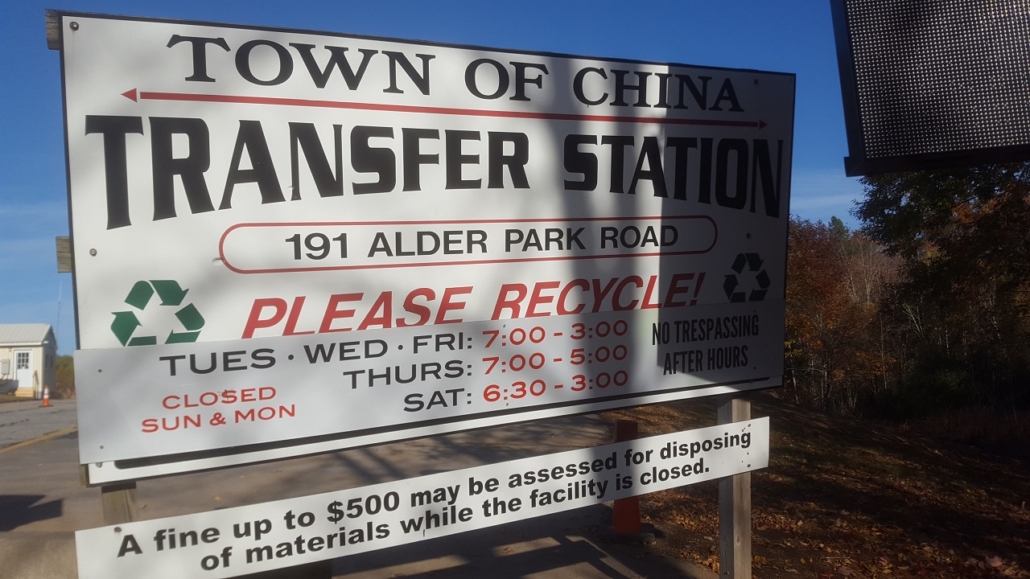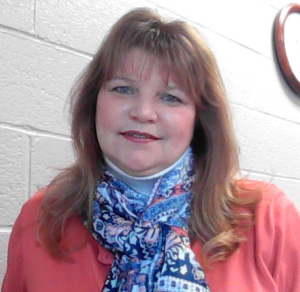LAKE LIFE TODAY: part 6: While planning for the Future
 by Elaine Philbrook
by Elaine Philbrook
Lake Life Today is a series of articles that are hoped will inspire you to see how, by taking just a few steps, you can make a difference and help preserve the quality of water in our lakes for future generations.
These articles have been collected and organized by LakeSmart Director Elaine Philbrook, a member of China Region Lake Alliance (aka “the Alliance”) serving China Lake, Webber Pond, Three Mile Pond, and Three-Cornered Pond. The Alliance would like to thank our partners at Maine Lakes and Lakes Environmental Association (LEA) for information to support this article.
Berms
Last week’s article covered rain gardens and how they help “slow the flow” of rainwater by capturing and filtering that stormwater from roofs, driveways, downspouts, and other hard (impervious) surfaces. This week’s article on Best Management Practice (BMPs) features “berms” and how they are an effective BMP to prevent pollutants and excess nutrients from entering the lake from your yard.
Berms are vegetated mounds of earth with gradual sloping sides that “slow the flow” and soak up stormwater runoff. They run parallel to the shoreline with a 4:1 ratio (meaning that for every vertical foot, there will be four horizontal feet to create the proper slope). Berms are usually built on top of the existing “duff” (the accumulation of leaves, pine needles, etc., that have dropped below the trees). Depending on the area where a berm is located, or the height of the berm which is needed, some minimal groundwork may be required.
Here are the directions on how to build a simple berm:
(1) lay a bed of large stones to form the berm’s foundation.
(2) cover the stones with soil.
(3) cover the berm with mulch and pine needles.
Stormwater flowing beyond a berm should be directed into dense, permanent vegetated areas capable of absorbing the stormwater.
Adding plants to a berm increases its effectiveness. The best plants to use are native plants, including grasses and shrubs. The goal is to cover the entire berm with vegetation.
Note: Any project involving more than minor soil disturbance within 75 feet of the water requires a permit from the Maine Department of Environmental Protection (DEP). Local municipal permits may also be required depending on the distance from the water, and these distances may vary by municipality.
For more information on how to install a berm go to: dec.vermont.gov/sites/dec/files/documents/LakeWiseInfoSheet_FilterBerms.pdf
Also, a helpful site to find native plants can be found at Maine Audubon: https://mainenativeplants.org/
If you have any questions about what you can do to ensure the integrity of your valued lake or if you would like a free LakeSmart evaluation you can reach Elaine Philbrook by email at chinalakesmart@gmail.com and follow-up to read the next Townline Newspaper.
Live lightly on the land for the sake of the lake (LakeSmart).
Responsible journalism is hard work!
It is also expensive!
If you enjoy reading The Town Line and the good news we bring you each week, would you consider a donation to help us continue the work we’re doing?
The Town Line is a 501(c)(3) nonprofit private foundation, and all donations are tax deductible under the Internal Revenue Service code.
To help, please visit our online donation page or mail a check payable to The Town Line, PO Box 89, South China, ME 04358. Your contribution is appreciated!





Leave a Reply
Want to join the discussion?Feel free to contribute!